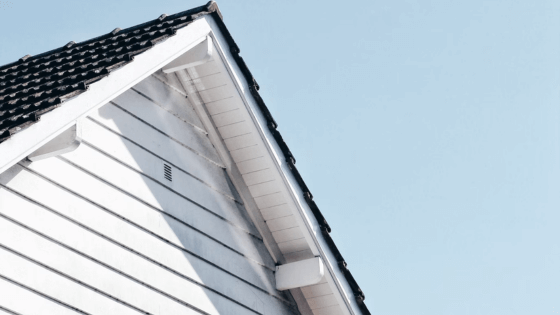The Cost of Weatherboard Cladding: Budgeting for Your Sliding Project
The simplest and most efficient way to switch up the look of your household or office is to add cladding boards. The advantages they provide stem across aesthetic and insulating aspects, but they come with costs.
Everything has a price, and with weatherboard cladding, you need to be sure you’re only paying what’s fair. Read on as we look at the average cost of weatherboard cladding and the factors determining this cost. You might also want to check how aluminium cladding can provide a cost-effective and durable alternative for your building needs.
Factors Affecting Weatherboard Cladding Costs
When pricing weatherboard clads, there are various factors to consider. These include tools and artistry that are combined to yield effective cladding.
1. Materials and Types of Cladding
The price of installing weatherboard clads will always vary depending on the materials used and how it’s installed. Installation techniques like tongue, feather, or groove affect the final pricing.
Also, various wall claddings are priced differently. For instance, composite wall cladding involves high-quality, low-maintenance materials manufactured with wood fibre and recycled plastic. It’s usually priced at £19.68 per board.
Timber wall cladding, on the other hand, is a traditional form of cladding and requires regular care and maintenance. Regardless, it’s long-lasting and protects against weather elements. It comes priced between £13 to £25 per board.
And then we have fibre cement wall cladding, an artificial yet attractive cladding that requires little maintenance. It’s done using high-quality boards that give off a traditional timber look. These boards also cover a more significant surface area than other types and can be bought in different colours. As for pricing, you can get the fibre cement wall cladding at £16.56 per board.
2. Quality of materials
It’s no news that you only get what you pay for. It applies to weatherboard cladding because high-quality materials will always be more expensive than low-quality ones. In the same vein, materials that require little to no maintenance cost more than those that do.
Moreover, you will get materials with increased durability and longer lifespans when you spend extra bucks on high-quality materials.
3. Amount of Work Required
Before installing wall cladding boards, two types of work are done, prep and post work. These works involve proper planning, acquiring permission, sourcing building regulations, and wall prepping. The more work and the longer they take, the bigger the expenses to plan for.
4. Cladding Company’s Reputation
Another factor to consider is the type of company you’re employing. Most companies that run large-scale regular wall cladding tend to charge higher than those less known.
5. Location
Finally, you have to consider the location of your home. If your home is far from the weatherboard company, you must compensate for the distance travelled. Also, the site of the wall cladding board installation matters. If it’s done in an area that requires scaffolding, the cost increases.
Additional Costs to Take Note Of
So, on average, the cost of weatherboard cladding sums up to around £20 per square metre. As usual, this price fluctuates based on the variables outlined. Aside from those main factors, other additional sources of cost fluctuation include:
Labour cost
Scaffolding
Gutters
Support battens
Trims and fixings
Conclusion
The above factors help you understand how different weatherboard claddings are priced to help you get a fair price in the market. As a result, you save costs while still getting the best out of your wall cladding choice.

